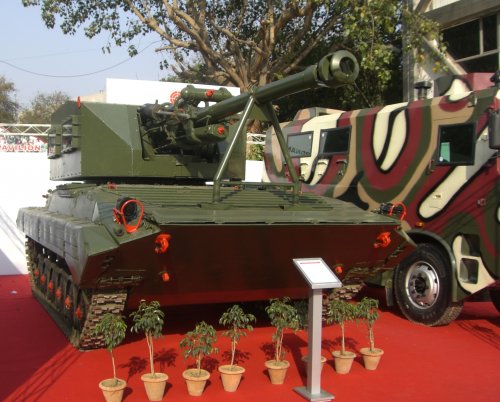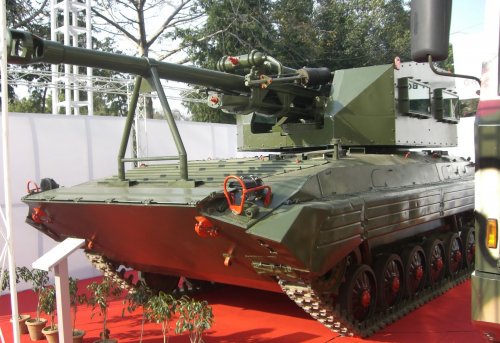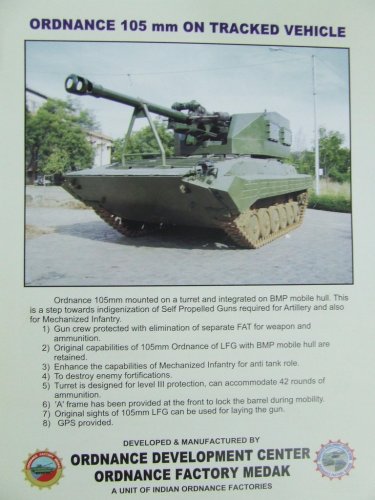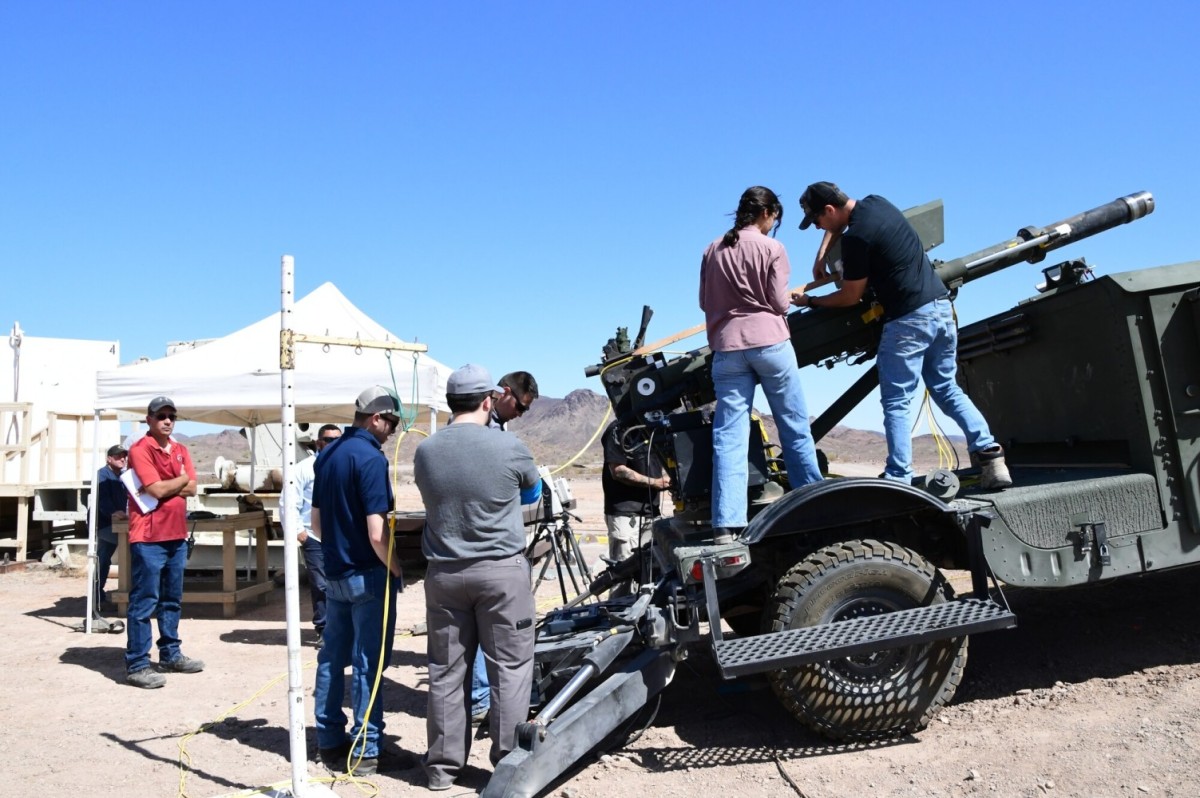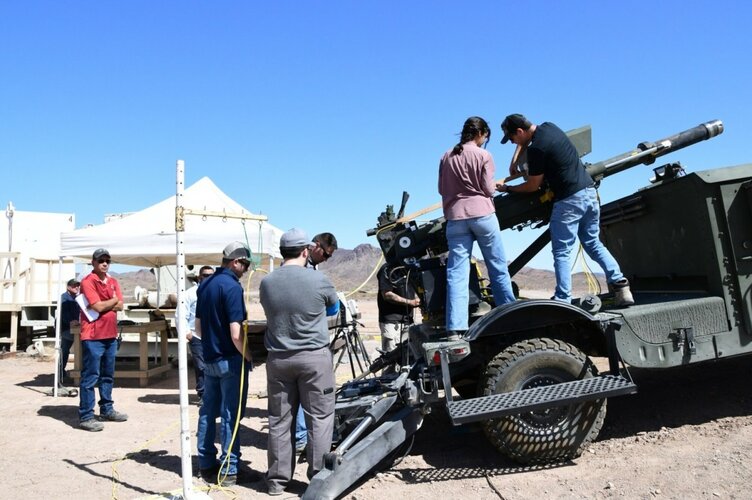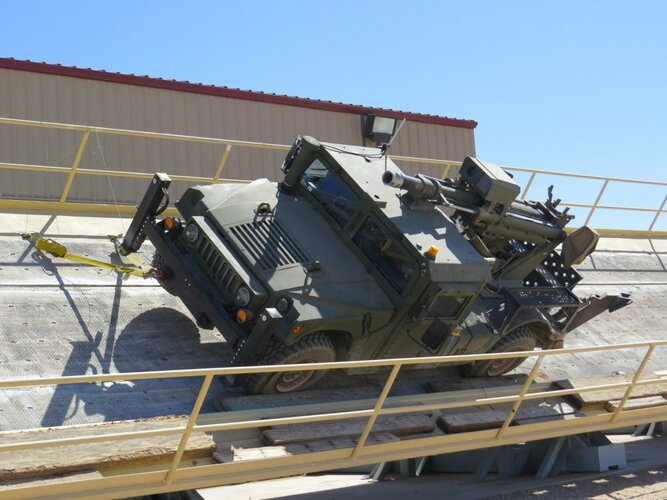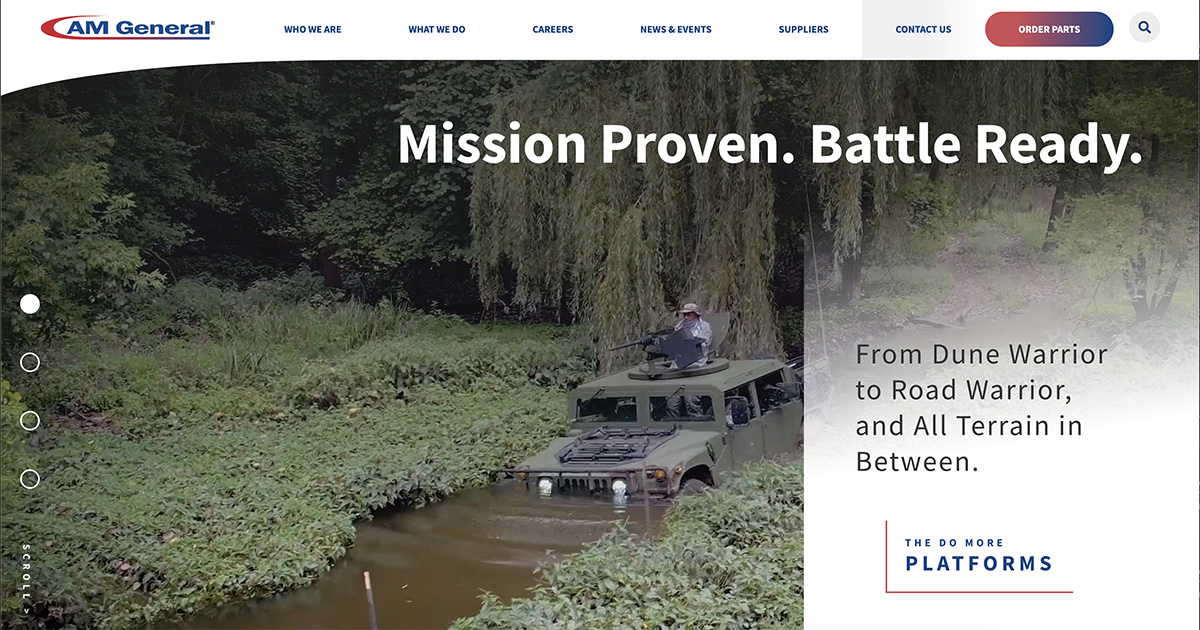July 28, 2022
Yuma Test Center (YTC) at U.S. Army Yuma Proving Ground (YPG) is supporting the testing of the soft recoil on a 105-mm Howitzer weapon system mounted on a Humvee.
The weapon system is referred to as Hawkeye, and is intended to be a quick and effective method for the Warfighter to fire and move.
YTC Gun Crew Lead Danny Zendejas says the system is simple to use and only takes a few minutes to set up for firing.
“When we have the center of traverse over the hub that geodetics places, we hit the switch for the outriggers.”
The outriggers emplace alongside of the Humvee and stabilize the weapon system for firing.
Randy McConnell, Program Management Towed Artillery Systems (PM TAS) test lead for 105- characterization explained, “You can have a round out within a minute and a half, so 90 seconds from the time the wheels stop to the first round down range.”
YTC Munitions and Weapons Division Test Officer Chad Bloomingdale is overseeing the firing portion of the test.
“One of the benefits of the systems that we look to confirm is its mobility and use of less personnel to operate,” he said. At YTC, the typical gun grew is four to five members. However, to operate the system in a military setting would require as few as four — two to operate and two for support.
The second part of the test taking place concurrently at YTC is the mobility portion. Combat Automotive Systems Division Test Officer Oliver Ramos has focused his efforts on the road testing for several months. “We are trying to get the value of the vehicle, so the customer knows that everything is good with the vehicle,” he said.
The mobility characterization and endurance portion of the test includes driving the Humvee equipped with the weapon system on various graded roads and slopes while monitoring speed, acceleration, and braking. Additional testing includes steering, handling, and endurance – meaning the test item will be driven for a pre-determined number of miles at the road courses around YTC.
Congress provided the funds to specifically characterize the 105-mm soft recoil technology. Characterize means to monitor how the equipment reacts to tests and document the performance. The Army does not have a requirement for a mobile 105-mm Howitzer system, the test is exclusively to evaluate the soft recoil.
“We are learning what the soft recoil is on the weapon system and also the emplacement and displacement of the vehicle,” said McConnell.
With a conventional recoil all the power goes to the rear of the weapons system, while the soft recoil goes forward.
The advantage of that is the amount of impulse load on the vehicle or weapon system explains Brandon Timper, Director of Product Development and Training at Mandus Group. “It reduces the load up to 80 percent. Another advantage is that it allows for a lighter weight platform.”

